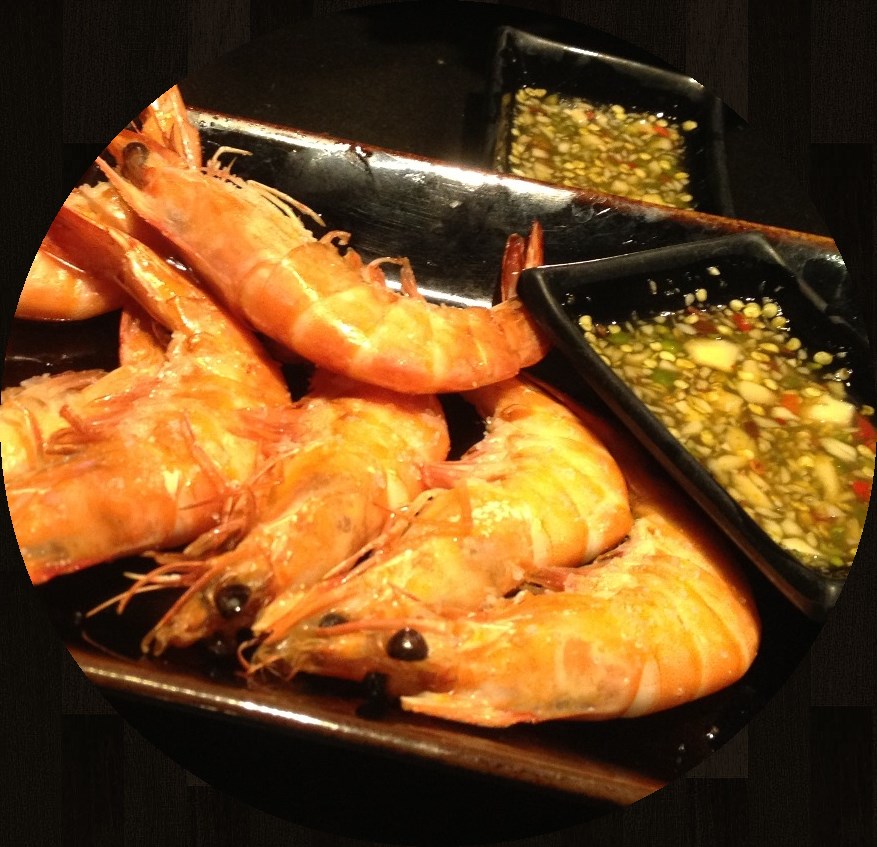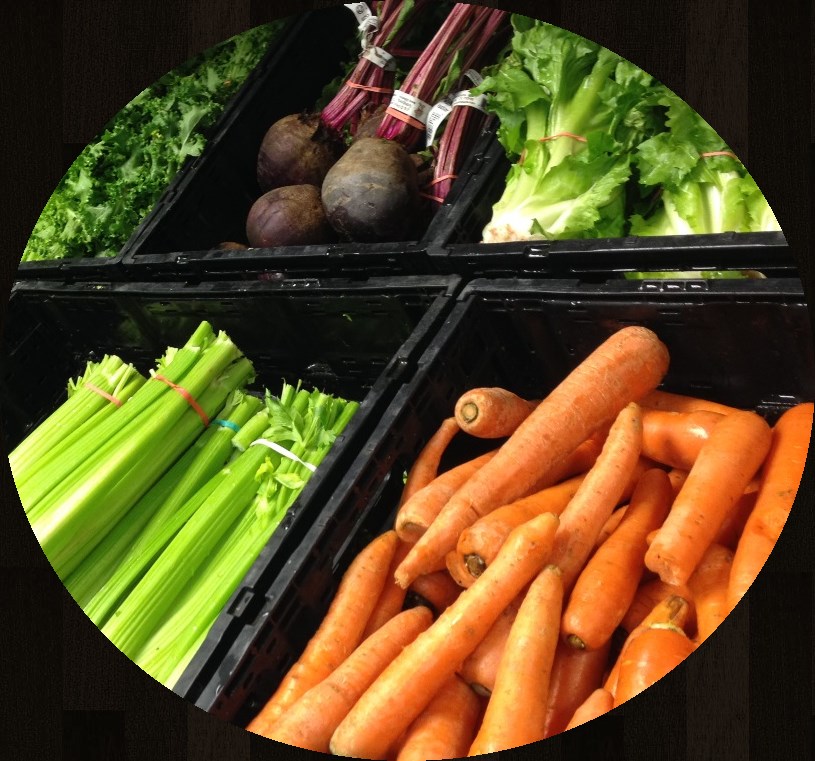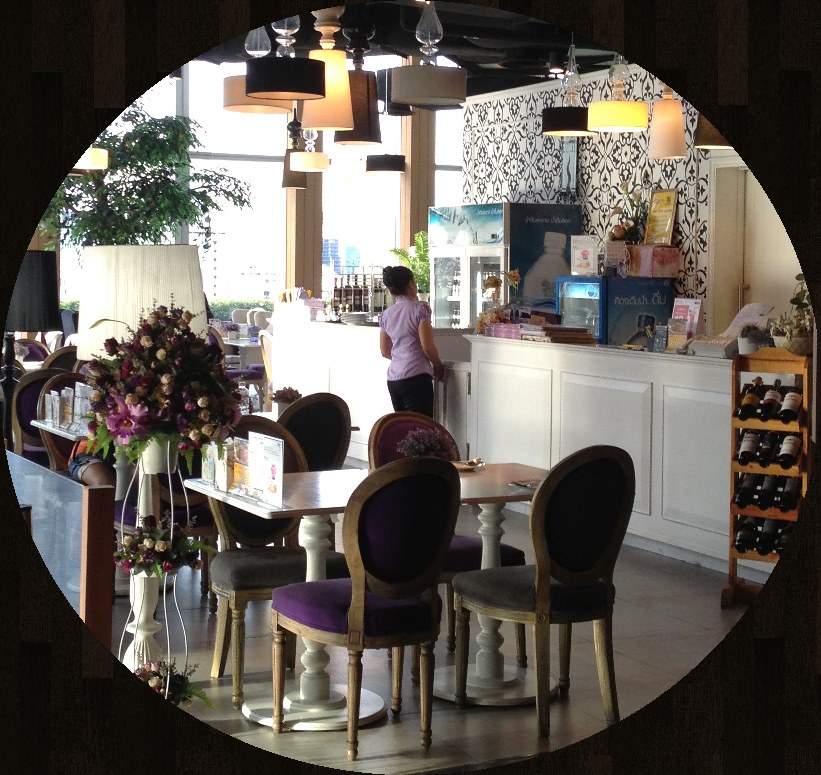Dining Etiquette
Thai food is flexible and can be customized. In some cultures, it is not decent to season your food after it has been served. However, some Thai dishes, especially most of noodle dishes (if you have had them in Thailand.), you are expected to season your own food. Consequently, each person can enjoy different personal flavor even if they have the same dish. Since the food that served to you is made for neutral; it opens the opportunity for you to personalize the dish for the flavor you like. Four key tastes that are usually offered for you to season with are salty, sweet, sour and spicy. Personally, I like to season my noodle dish with salty and spicy flavor. So, I would be a bit disappointed if I have to eat these dishes without seasoning. This situation could happen to many Thai people who get used to seasoning their own dishes.
Dinning is also a social culture among Thai people. If possible, they like to eat in a group. So, each dish can be shared. Traditionally, many dishes are served at the same times. So, you can enjoy five or more different dishes in one meal. The rule is you will have one own plate of rice that you do not share with anyone. But you can take few scoops of each food dish to your rice dish and enjoy. For a decent etiquette, you never use your own utensils to touch the shared foods. Instead, you must use a common spoon placed in those shared dishes to take some portion to your own dish. Like a buffet dinning manner, you just use a common utensil to place some food on your plate, but you would never use your own utensil to touch the shared foods. If you do not see a common spoon on the shared plates, it is okay to ask for it.
Finally, utensils is another interesting topic to introduce. When you have Thai food, especially in Thailand, you would expect a pair of spoon and fork that you can use on your plate, in some case chopsticks are expected if your dish is noodle or it is the menu that comes from Chinese stem.



